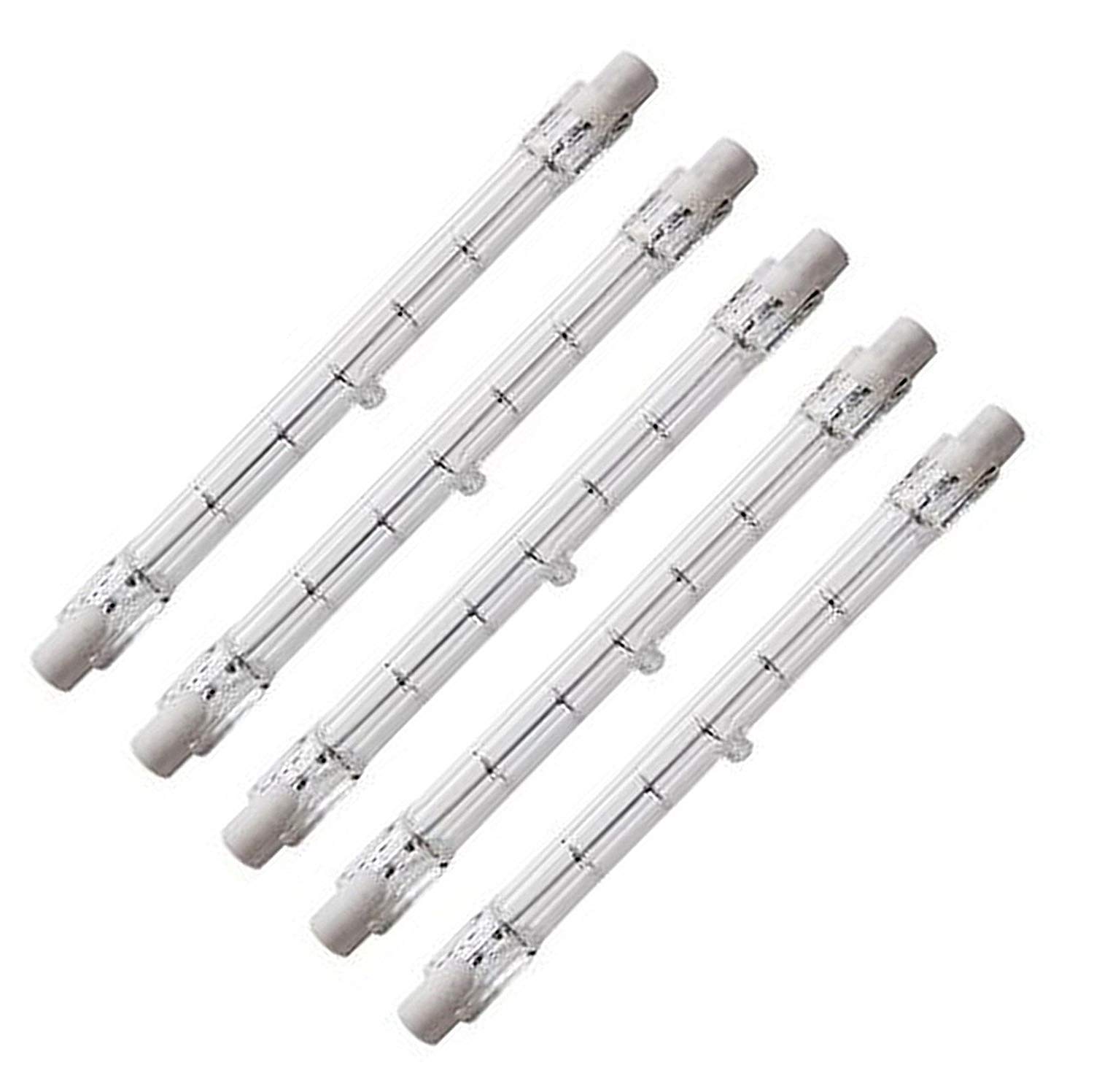

Articles
How Many Lumens Is A 300 Watt Halogen Bulb
Modified: February 22, 2024
Discover the lumens output of a 300-watt halogen bulb and gain insights in our informative articles. Find all the essential information you need!
(Many of the links in this article redirect to a specific reviewed product. Your purchase of these products through affiliate links helps to generate commission for Storables.com, at no extra cost. Learn more)
Introduction
Welcome to the world of lighting, where lumens and watts are the protagonists. If you’ve ever found yourself standing in the light bulb aisle, pondering over the choices and trying to decipher what the difference between lumens and watts is, you’re not alone. Lumens and watts are essential terms to understand when it comes to purchasing the right bulb for your needs.
Traditionally, watts have been used to measure the brightness or light output of a bulb. However, with the introduction of energy-efficient lighting options like LED and CFL bulbs, lumens have become a more accurate and standardized measure of brightness. So, how do lumens and watts relate to each other, and how many lumens does a 300 watt halogen bulb produce? Let’s explore further.
Before diving into the specifics, it’s important to understand what lumens and wattage are. Lumens measure the total amount of visible light emitted by a light source, while watts, on the other hand, measure the amount of electrical power required to produce that light.
By focusing on lumens rather than watts, it becomes easier to compare the brightness of different types of bulbs. With advancements in lighting technology, it is now possible to achieve the same level of brightness with fewer watts by using energy-efficient bulbs. That’s why it’s crucial to consider the lumen output when choosing a bulb.
Now, let’s get to the main question: how many lumens does a 300 watt halogen bulb produce? Halogen bulbs are known for their brightness and are commonly used for various lighting applications. However, their lumen output can vary depending on several factors, which we will explore further in this article.
Factors such as the filament design, gas used, and the efficiency of the bulb can all influence the lumen output. It’s important to note that while a higher wattage usually correlates with a higher lumen output, this might not necessarily be the case for all types of bulbs.
Understanding the relationship between lumens and watts will not only help you make an informed decision when purchasing light bulbs, but it will also contribute to energy efficiency and cost savings in the long run. So, let’s dive into the details and explore the lumens output of a 300 watt halogen bulb and the factors that can affect it.
Key Takeaways:
- Understanding lumens and watts is crucial for choosing the right bulbs. Focus on lumens for accurate brightness comparisons and consider energy-efficient options like LED and CFL bulbs for cost savings.
- A 300 watt halogen bulb can produce 5,000 to 7,000 lumens. Consider factors like energy efficiency, heat generation, and safety when choosing halogen bulbs for your lighting needs.
Read more: How Many Lumens Is A 500 Watt Halogen Bulb
Understanding Lumens and Wattage
Before we delve into the lumens output of a 300 watt halogen bulb, let’s take a closer look at the concepts of lumens and wattage.
Lumens, as mentioned earlier, measure the total brightness or light output of a bulb. The higher the number of lumens, the brighter the light. In simple terms, lumens indicate how much light is visible to the human eye.
On the other hand, wattage refers to the electrical power consumed by the bulb. In the past, people associated higher wattage with greater brightness. However, this is not an accurate representation anymore, especially with the introduction of energy-efficient lighting technologies.
With the rise of LED and CFL bulbs, which produce the same amount of light with significantly lower wattage, relying solely on wattage to determine brightness can be misleading. That’s where lumens come into play. By considering the lumens output, you can have a more accurate representation of a bulb’s brightness regardless of its wattage.
As a general guideline, consider the following approximate conversion for different bulb types:
- 450-800 lumens: Equivalent to a 40-watt incandescent bulb
- 800-1100 lumens: Equivalent to a 60-watt incandescent bulb
- 1100-1600 lumens: Equivalent to a 75-watt incandescent bulb
- 1600-2200 lumens: Equivalent to a 100-watt incandescent bulb
- 2200-3000+ lumens: Equivalent to a 150-watt incandescent bulb
Keep in mind that this is just a rough estimate, and it can vary slightly depending on the specific bulb model and manufacturer.
By understanding the relationship between lumens and wattage, you can make more informed decisions when selecting lighting options. You can choose bulbs with lower wattage yet higher lumens output, leading to energy savings and reduced electricity costs over time.
Now that we have a better grasp of lumens and wattage, let’s explore the specific lumens output of a 300 watt halogen bulb and the factors that can affect it.
Comparing Lumens and Watts
When it comes to understanding lighting, it’s important to differentiate between lumens and watts. Lumens measure the brightness of a bulb, while watts indicate the amount of power consumed by the bulb. While watts used to be the primary measure of brightness, lumens have become the standard for comparing brightness across different types of bulbs.
Let’s take a closer look at how lumens and watts compare to each other:
Lumens: Lumens measure the total amount of visible light emitted by a light source. The higher the number of lumens, the brighter the light. Lumens allow us to directly compare the brightness of different bulbs, regardless of the technology used or the wattage consumed.
Watts: Watts, on the other hand, measure the amount of electrical power consumed by a bulb. In the past, higher wattage generally meant a brighter light output. However, with the introduction of energy-efficient lighting options, such as LEDs and CFLs, wattage is no longer an accurate indicator of brightness. These energy-efficient bulbs can produce the same light output with significantly lower wattage compared to traditional incandescent bulbs.
To better understand the relationship between lumens and watts, it’s helpful to consider the concept of efficacy. Efficacy refers to the amount of light produced per unit of electrical power consumed, and it is measured in lumens per watt (lm/W).
For instance, incandescent bulbs have a lower efficacy, usually ranging from 10 to 17 lm/W, while LED bulbs can have an efficacy as high as 100 lm/W or more. This means that for the same amount of brightness, LED bulbs require significantly fewer watts compared to incandescent bulbs.
When selecting bulbs, it’s essential to consider the lumens output rather than the wattage alone. This ensures that you choose the right level of brightness for your needs while also being mindful of energy consumption and efficiency.
As a general guideline, here are some examples of approximate lumens output for different wattage ranges:
- 40-watt bulb: Typically produces around 450-800 lumens
- 60-watt bulb: Usually generates approximately 800-1100 lumens
- 75-watt bulb: Typically emits around 1100-1600 lumens
- 100-watt bulb: Usually produces approximately 1600-2200 lumens
- 150-watt bulb: Typically generates around 2200-3000+ lumens
It’s important to note that these values are approximations and can vary depending on the bulb type, technology, and manufacturer.
By understanding the relationship between lumens and watts, you can make informed decisions when selecting bulbs that align with your desired brightness level, energy efficiency, and cost savings.
A 300 watt halogen bulb typically produces around 5000-6000 lumens, which is significantly brighter than a standard incandescent bulb. Be sure to check the specific product specifications for the exact lumen output.
Lumens Output of a 300 Watt Halogen Bulb
When it comes to halogen bulbs, they are known for their brightness and are commonly used for various lighting applications. A 300 watt halogen bulb is a powerful light source that can provide intense illumination. The lumen output of a 300 watt halogen bulb can vary depending on several factors, including the design and efficiency of the bulb.
On average, a 300 watt halogen bulb can produce around 5,000 to 7,000 lumens of light. This is significantly higher than the lumen output of standard incandescent bulbs with similar wattage ratings. It’s important to note that while a higher wattage typically correlates with a higher lumen output, this is not always the case for all types of bulbs.
Halogen bulbs achieve their brightness through a combination of factors. One key factor is the halogen gas used inside the bulb, which allows for higher operating temperatures and increased light output. Additionally, the filament design and construction play a vital role in maximizing the lumen output. Halogen bulbs utilize a tungsten filament housed in a quartz or high-temperature glass envelope to withstand the higher temperatures required for optimal performance.
While a 300 watt halogen bulb can provide an impressive lumen output, it’s important to consider the energy efficiency and heat generation associated with higher wattage bulbs. Halogen bulbs are not as energy-efficient as newer lighting technologies like LED and CFL bulbs. They can also generate significant amounts of heat, making them unsuitable for certain applications where heat can be a concern.
Therefore, when considering a 300 watt halogen bulb, it’s essential to take into account factors such as the desired brightness level, energy efficiency, and the purpose of the lighting. If intense brightness is necessary for a specific task or application, a 300 watt halogen bulb may be a suitable choice. However, for general lighting needs, it might be worth considering more energy-efficient options like LED bulbs that can provide comparable or even higher lumens output with significantly lower wattage.
Lastly, it’s crucial to follow the manufacturer’s recommendations and safety guidelines when using halogen bulbs, especially high-wattage ones. Due to their higher operating temperatures, proper ventilation and appropriate fixtures are necessary to prevent overheating and potential fire hazards.
Overall, a 300 watt halogen bulb can produce a substantial amount of lumens, providing bright and intense lighting. However, it’s important to weigh the advantages and disadvantages, including energy efficiency, heat generation, and safety considerations, when deciding whether to use a 300 watt halogen bulb for your lighting needs.
Factors Affecting Lumens Output of Halogen Bulbs
The lumen output of a halogen bulb can be influenced by several factors. Understanding these factors can help you make informed decisions when selecting and using halogen bulbs. Here are the key elements that can affect the lumens output of halogen bulbs:
1. Wattage: The wattage of a halogen bulb can directly impact its lumen output. In general, higher wattage bulbs tend to produce a higher level of brightness. However, it’s essential to consider energy efficiency and the desired lighting level when choosing the appropriate wattage for your needs.
2. Filament Design: The design of the filament inside the halogen bulb plays a crucial role in determining the lumen output. The filament is made of a tungsten material that emits light when heated. Filament designs that maximize the surface area and expose more of the wire to the gas inside the bulb can enhance the brightness and lumen output.
3. Halogen Gas: Halogen gas is used inside the bulb to increase the temperature at which the filament operates. This higher temperature leads to increased light output. The specific type and composition of the halogen gas can influence the efficiency and overall brightness of the bulb.
4. Bulb Efficiency: The overall efficiency of the halogen bulb can impact its lumen output. Higher-quality bulbs with better design and construction will generally have higher lumen outputs. Look for bulbs with a high-rated lumen output per watt (lm/W) to ensure optimal brightness and energy efficiency.
5. Voltage: The voltage supplied to the bulb can affect the lumen output. Halogen bulbs are designed to operate at specific voltage levels, typically 12 volts or 120 volts. Ensure that the correct voltage is supplied to the bulb to achieve the expected lumen output. Using the wrong voltage can result in reduced brightness and potentially damage the bulb.
6. Lamp Life: Over time, the lumen output of a halogen bulb may decrease as the filament gradually wears down. The lamp life of the bulb, indicated in hours, can give you an estimate of how long the bulb will maintain its initial brightness before needing replacement.
7. Usage and Environment: The conditions in which the halogen bulb is used can also impact its lumen output. Factors such as temperature, humidity, and vibrations can affect the performance and longevity of the bulb. Ensure that the bulb is used within the specified operating conditions to maintain optimal lumen output.
By considering these factors, you can choose the right halogen bulbs that will provide the desired level of brightness for your specific lighting needs. It’s important to balance lumen output, energy efficiency, and other considerations when making your selection to ensure the best performance and longevity of the bulbs.
Read more: How Many Lumens In 100 Watt Halogen Bulb
Conclusion
In conclusion, understanding lumens and watts is essential when it comes to selecting the right bulbs for your lighting needs. Lumens measure the brightness or light output of a bulb, while watts indicate the amount of electrical power consumed. By focusing on lumens instead of watts, you can make more accurate comparisons between different bulb types and achieve the desired level of brightness while considering energy efficiency.
When it comes to a 300 watt halogen bulb, it can produce a significant lumen output ranging from 5,000 to 7,000 lumens. Halogen bulbs are known for their intense brightness, and they utilize a tungsten filament and halogen gas to achieve this level of illumination. However, it’s important to weigh the advantages and disadvantages of halogen bulbs, considering factors such as energy efficiency, heat generation, and safety concerns.
Several factors can affect the lumen output of halogen bulbs. These include the wattage, filament design, halogen gas used, bulb efficiency, voltage, lamp life, and usage environment. Taking these factors into account can help you choose the right halogen bulbs and optimize their performance for your specific lighting requirements.
As lighting technology continues to evolve, it’s important to consider other energy-efficient options like LED and CFL bulbs. These bulbs can provide comparable or even higher lumens output with significantly lower wattage, leading to energy savings and reduced electricity costs.
In the end, it’s crucial to strike a balance between brightness, energy efficiency, and other considerations when selecting bulbs. By understanding the relationship between lumens and watts and considering the various factors that impact lumen output, you can make informed decisions that align with your lighting needs, energy efficiency goals, and budget.
So, the next time you find yourself standing in the light bulb aisle, armed with the knowledge of lumens and watts, you’ll be better equipped to choose the right bulbs that will brighten up your space while keeping energy consumption in check.
Frequently Asked Questions about How Many Lumens Is A 300 Watt Halogen Bulb
Was this page helpful?
At Storables.com, we guarantee accurate and reliable information. Our content, validated by Expert Board Contributors, is crafted following stringent Editorial Policies. We're committed to providing you with well-researched, expert-backed insights for all your informational needs.
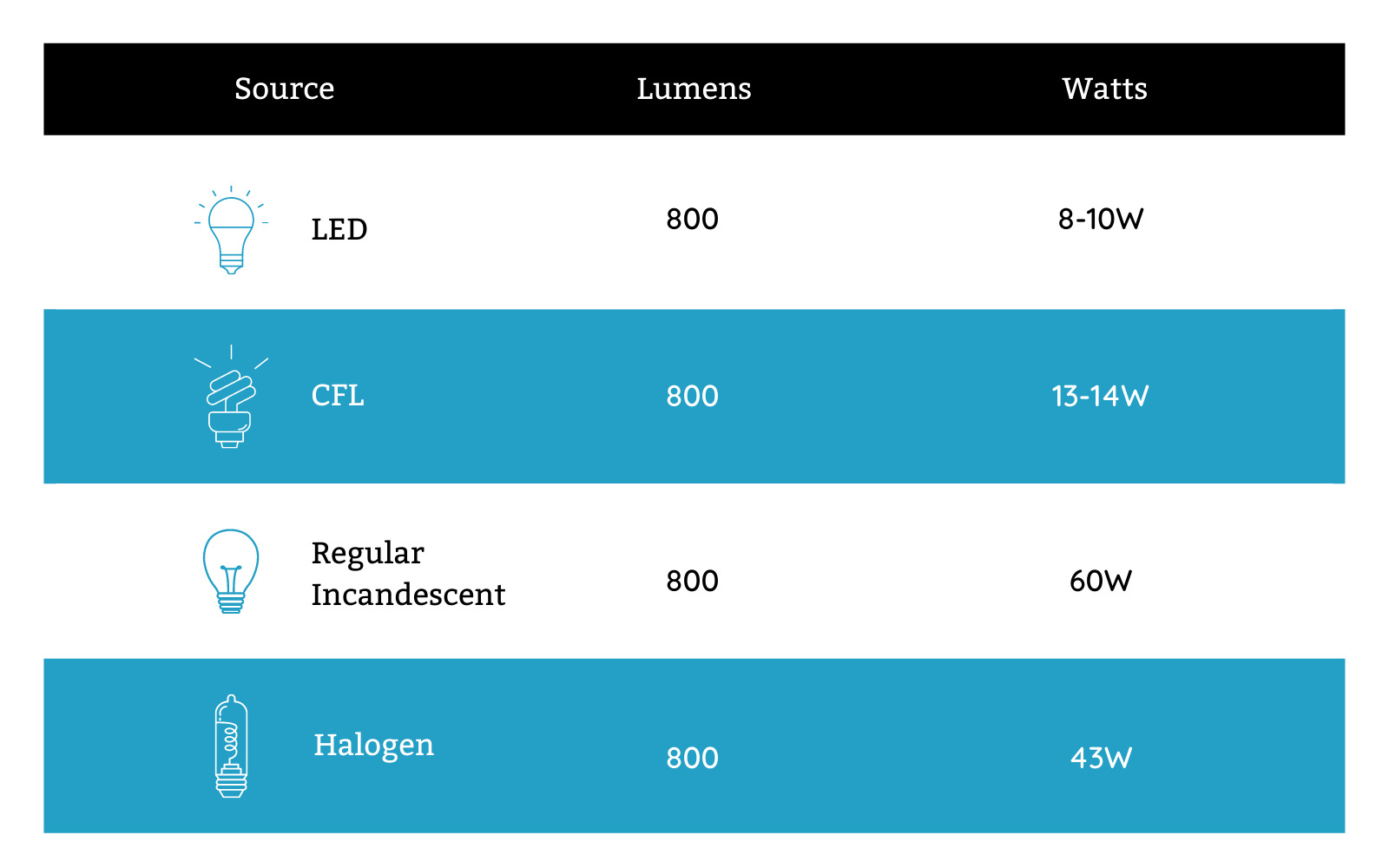
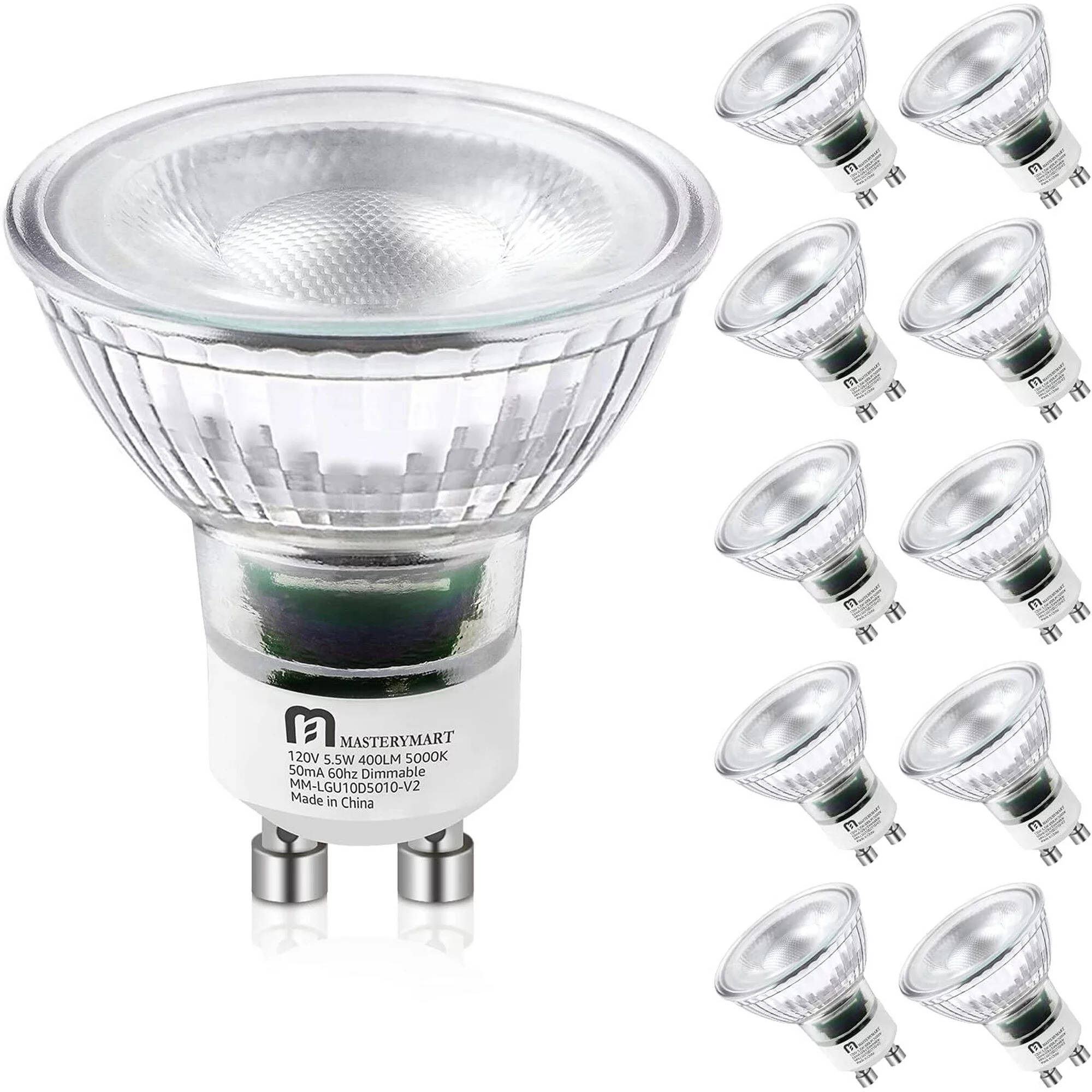
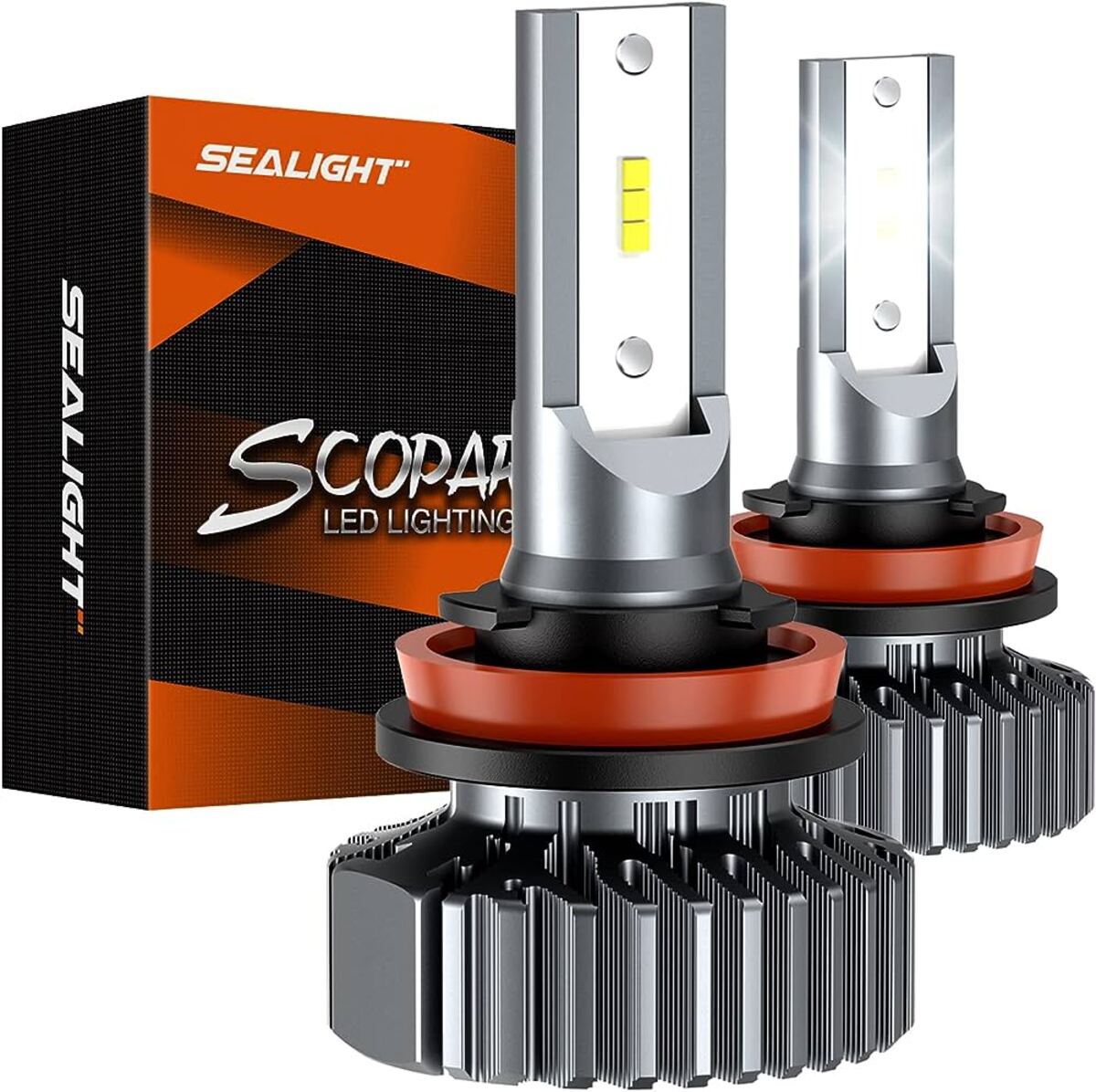
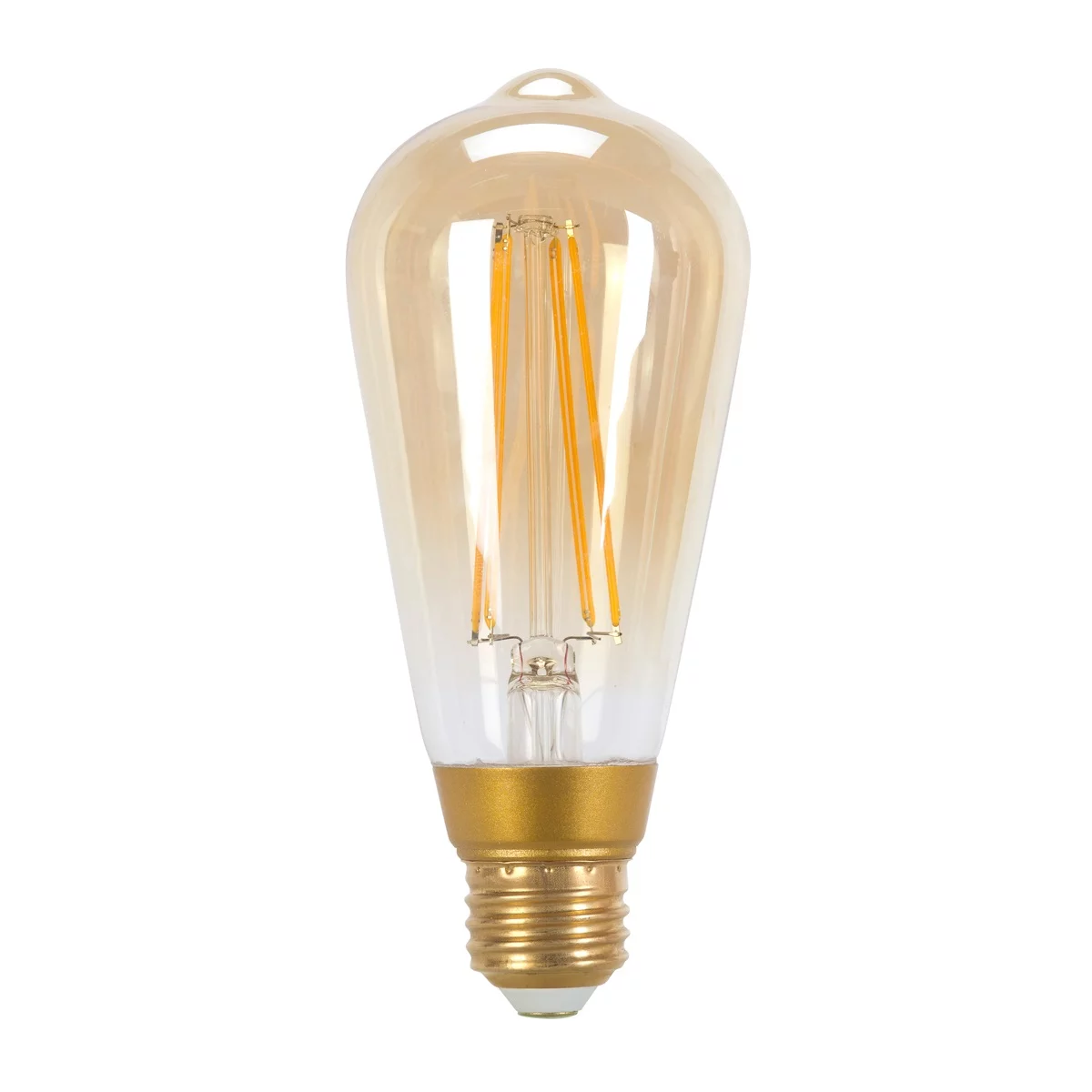
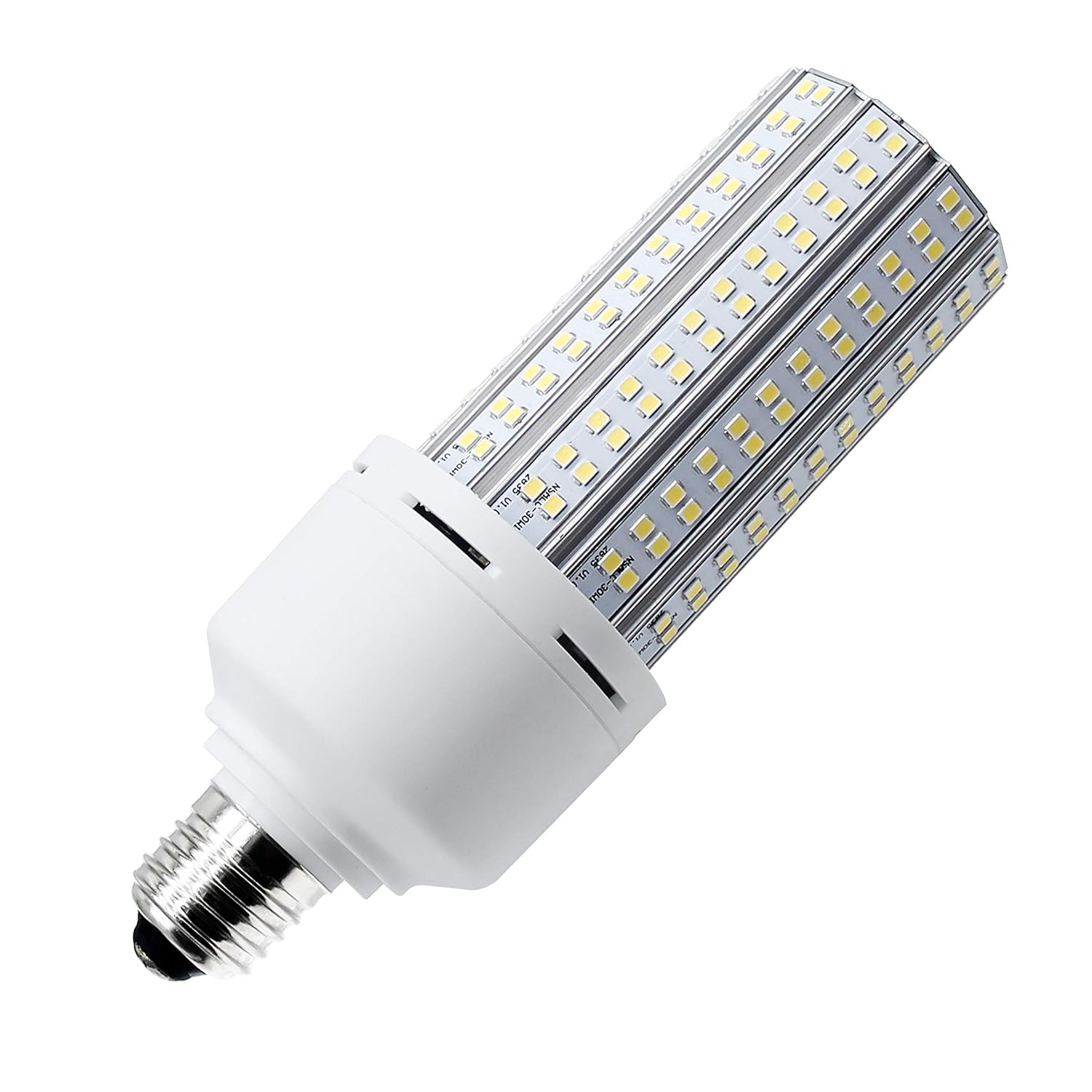
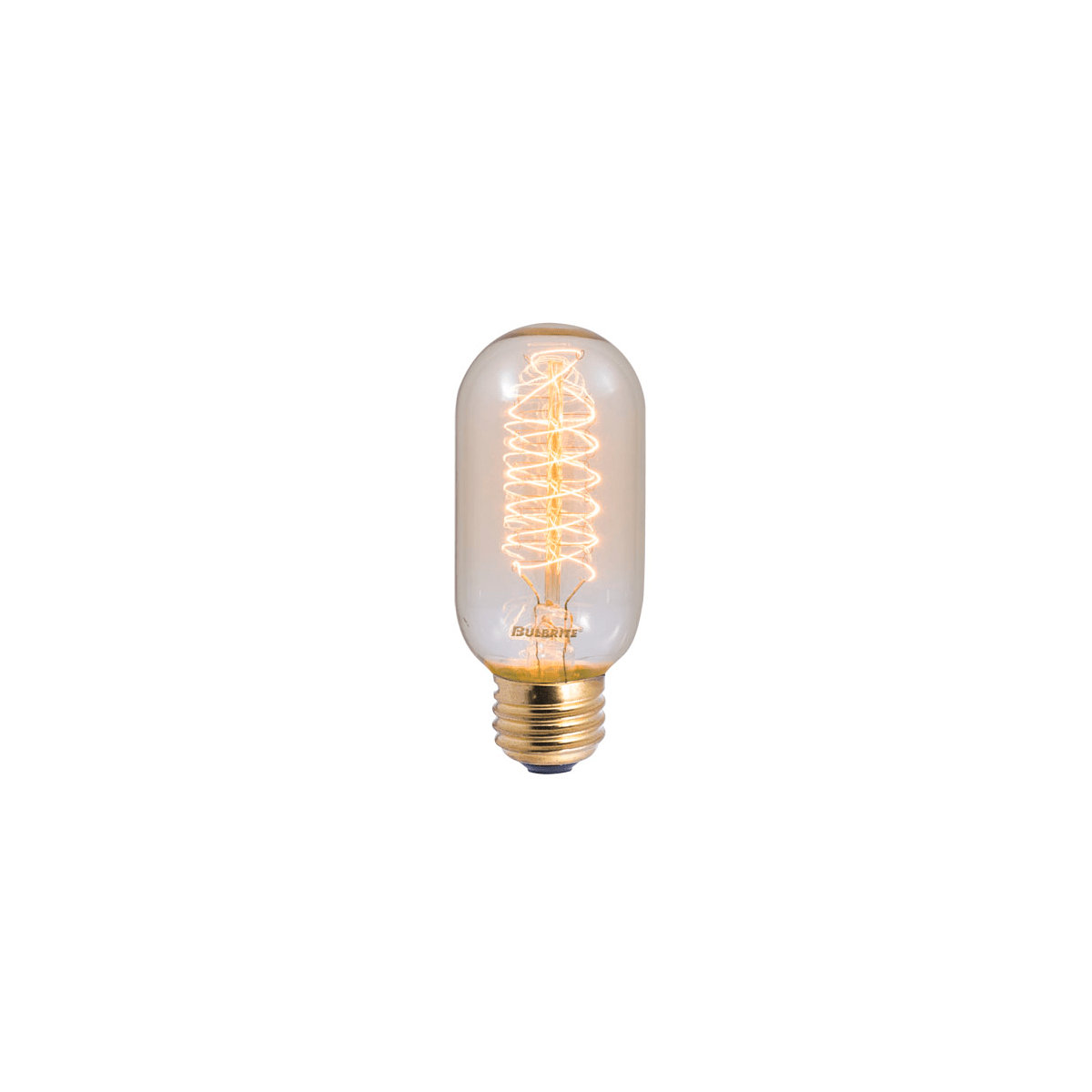
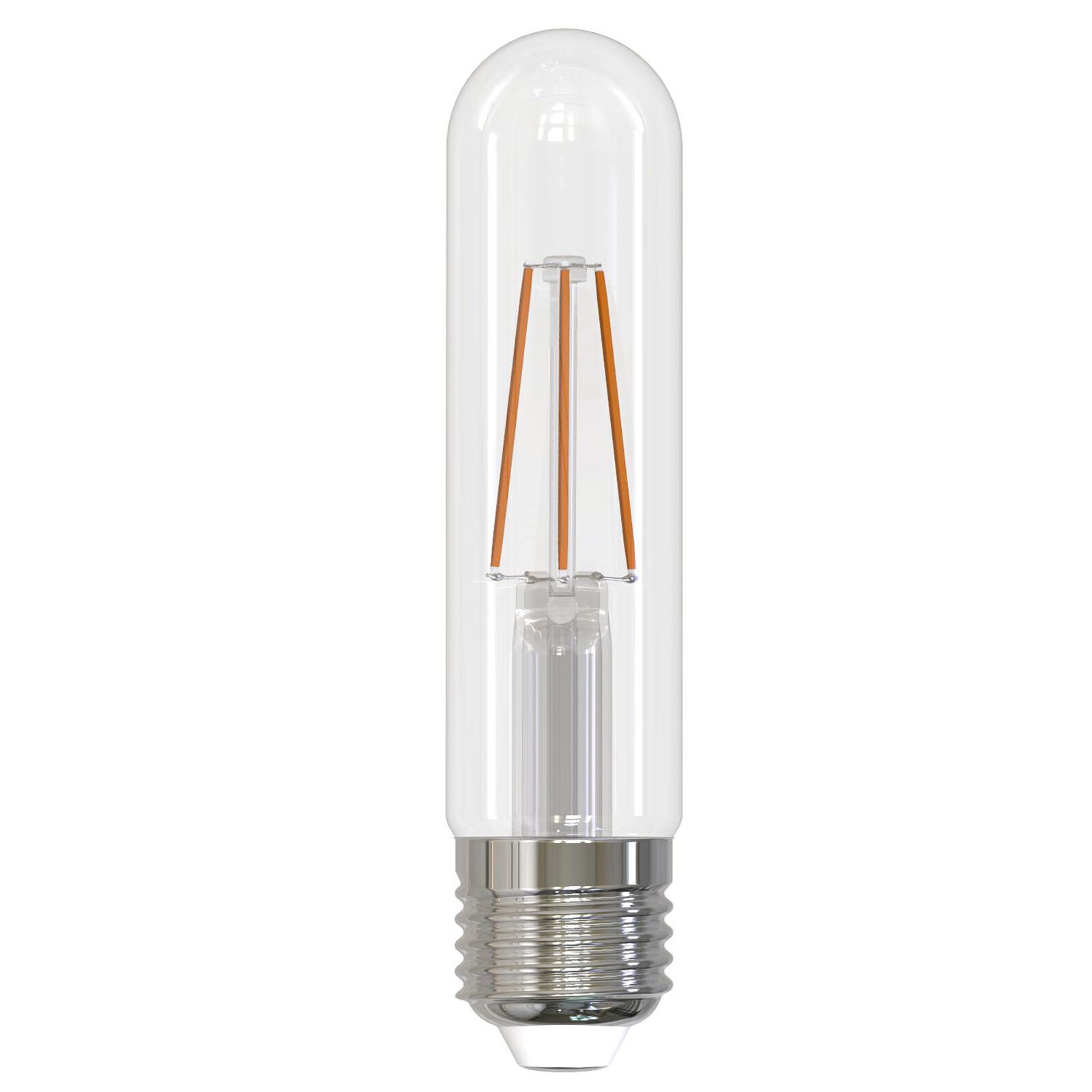
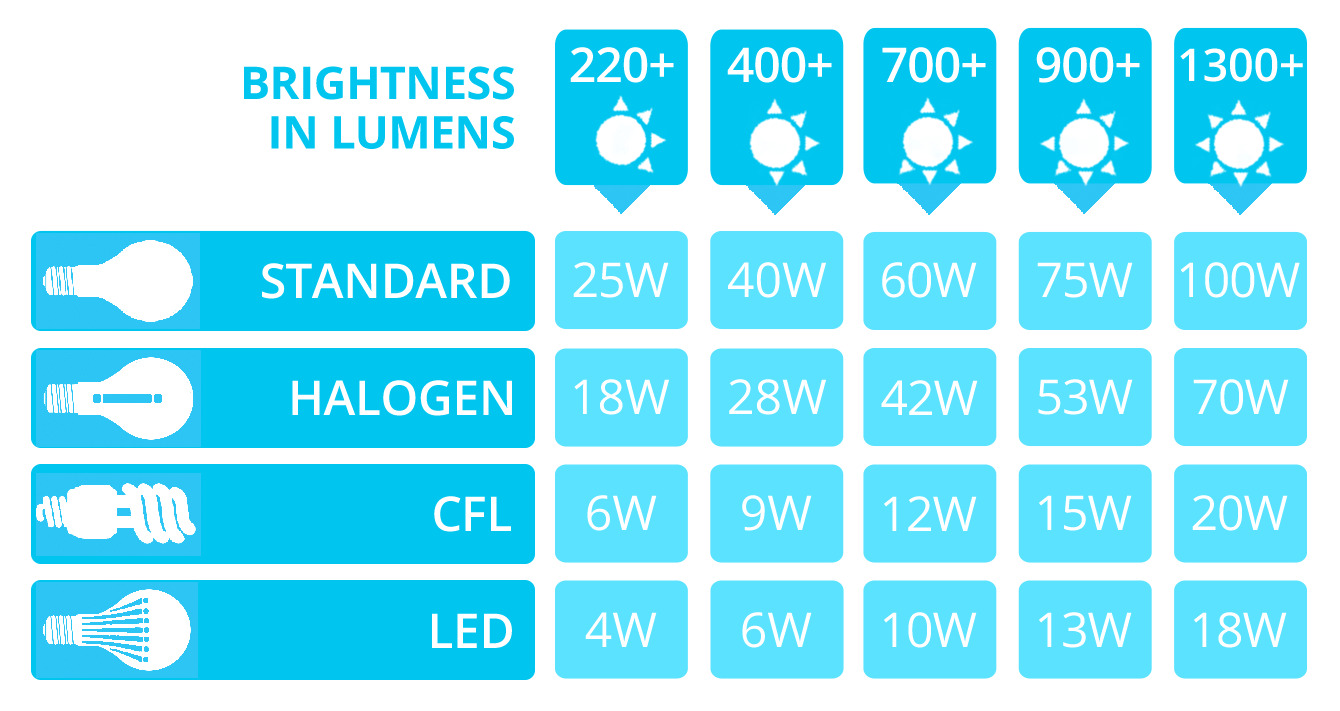
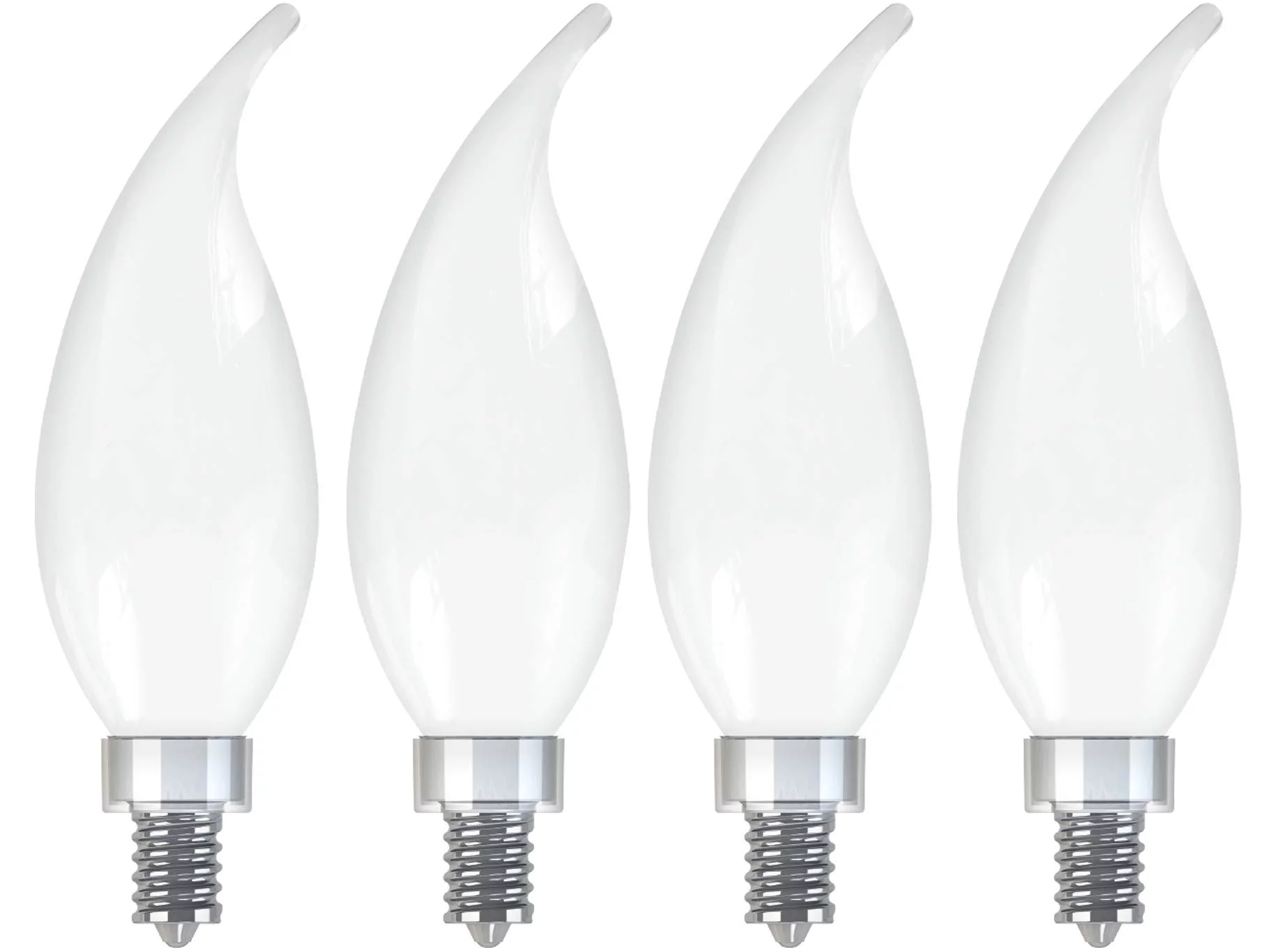
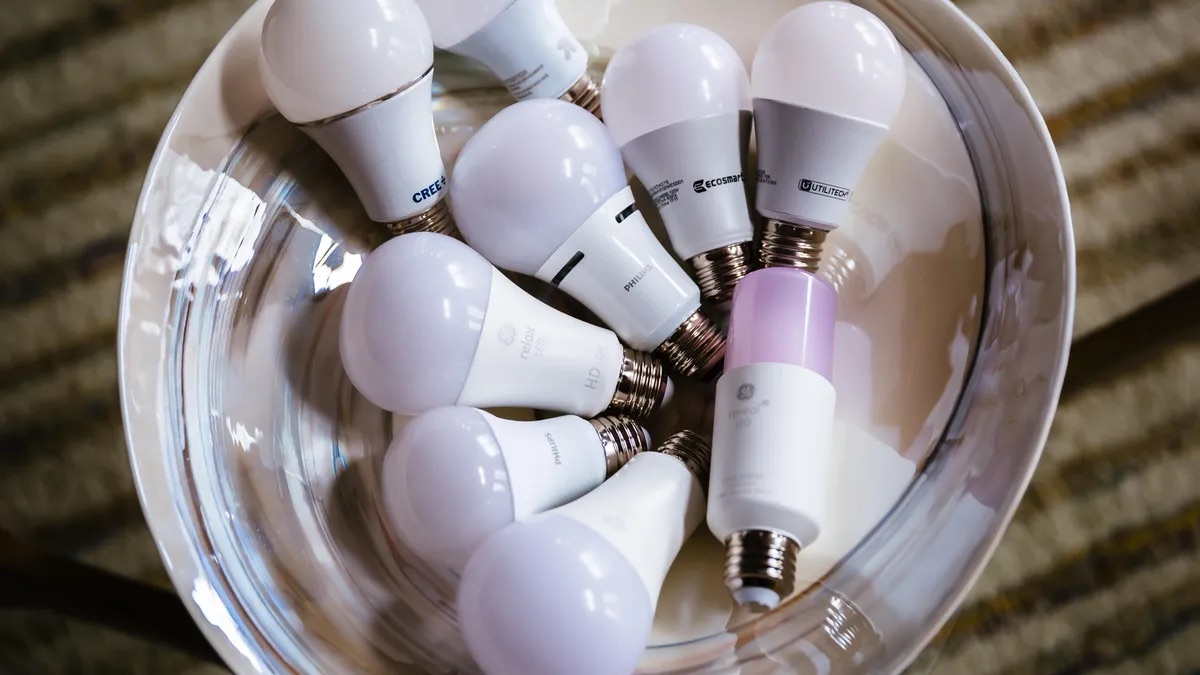
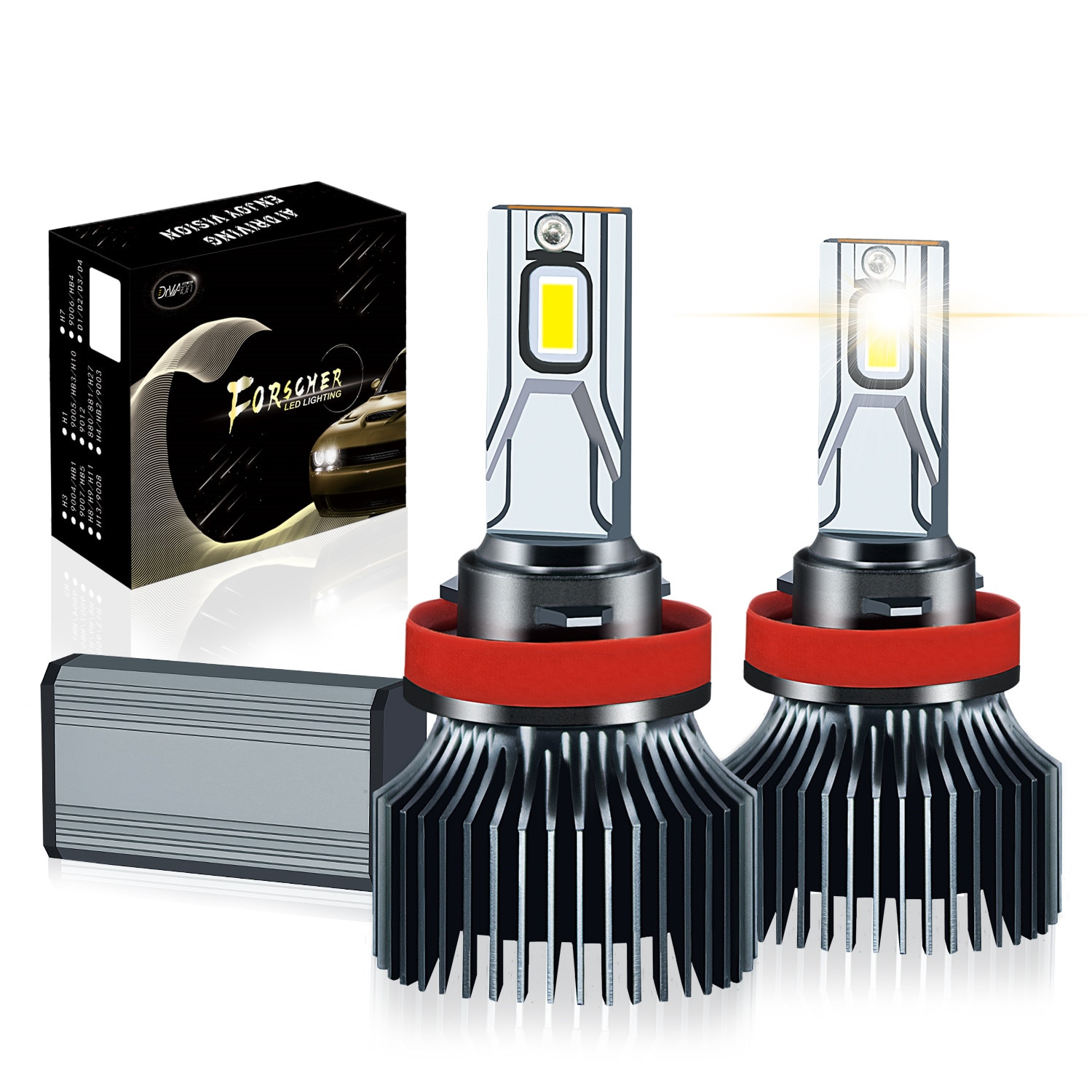
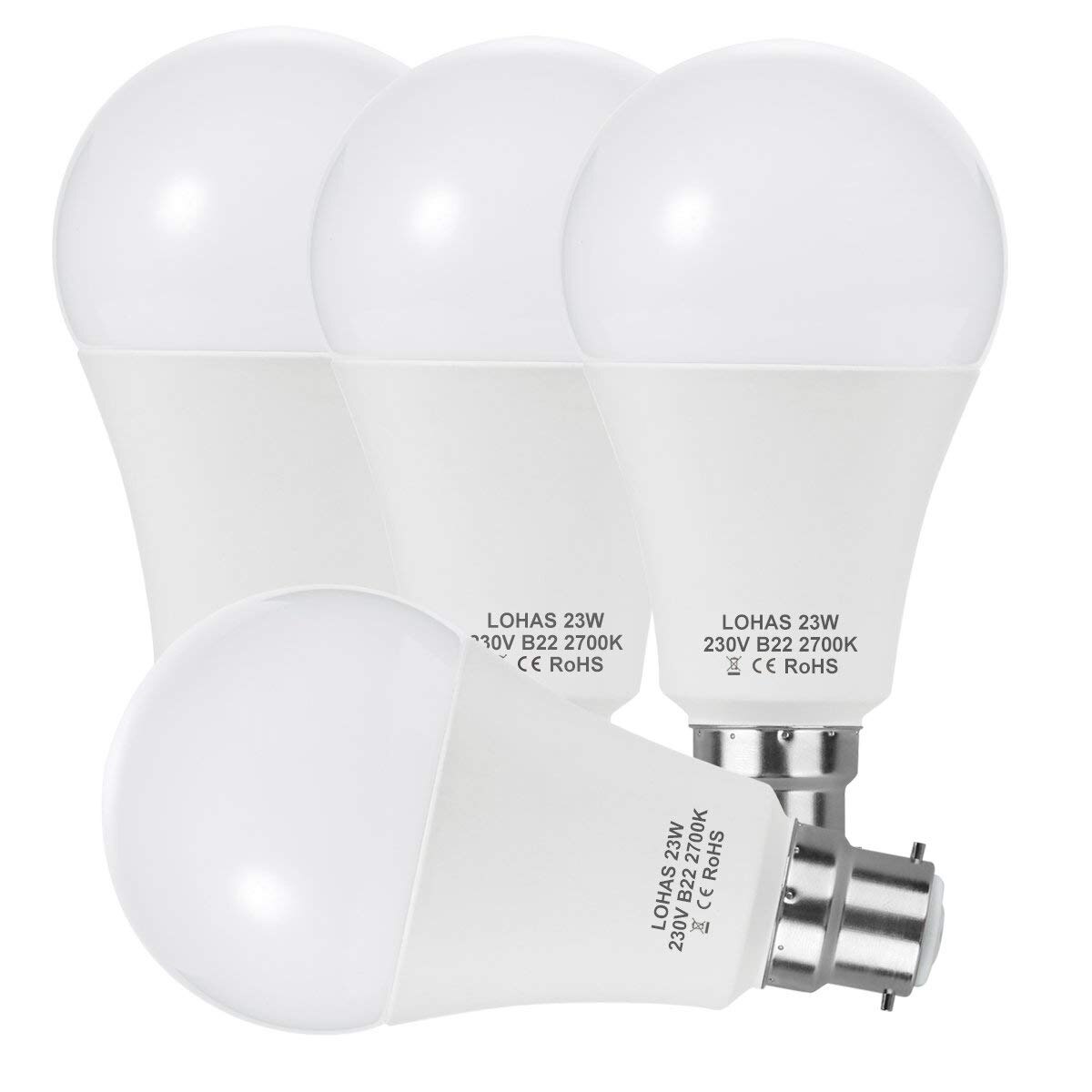
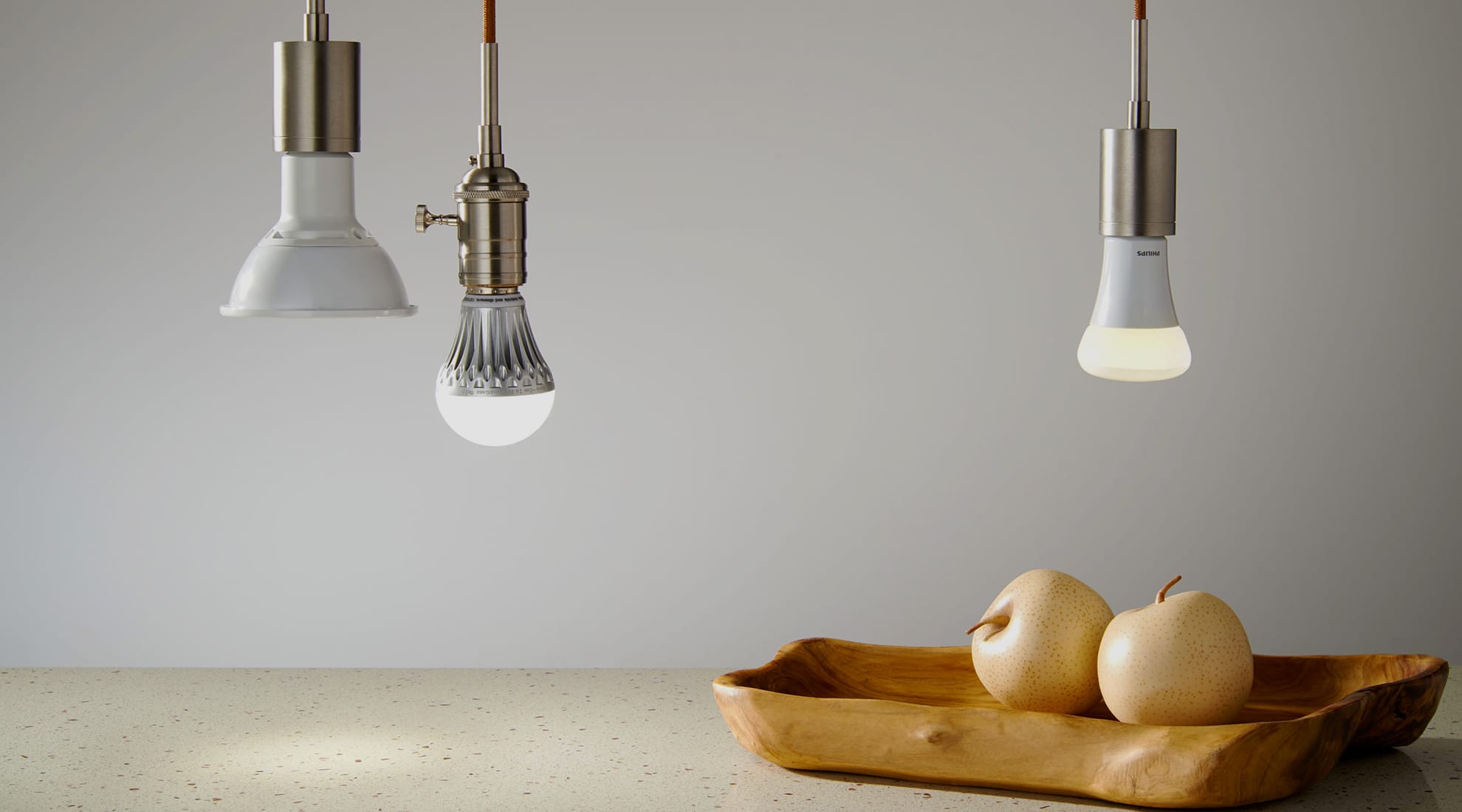
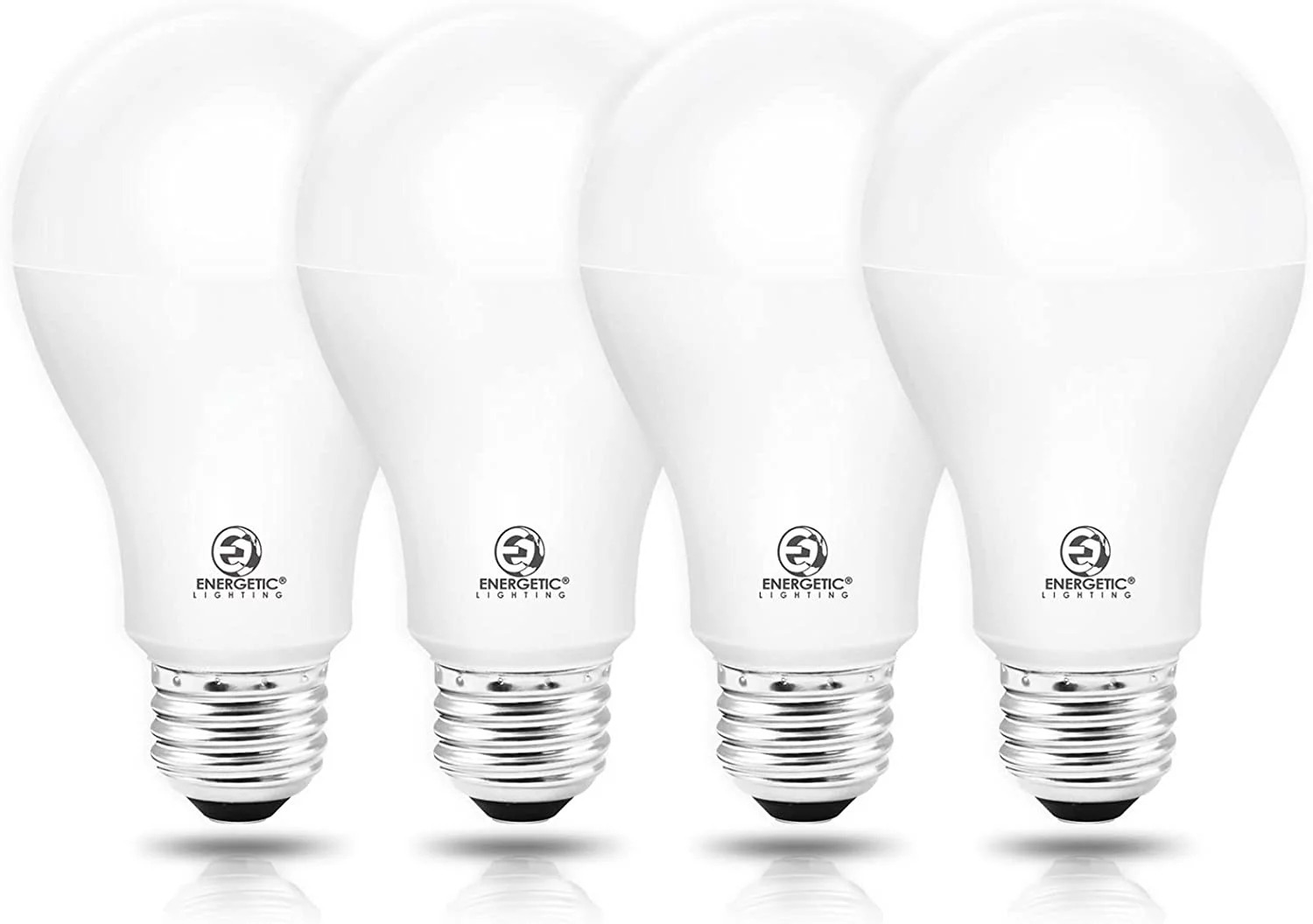

0 thoughts on “How Many Lumens Is A 300 Watt Halogen Bulb”